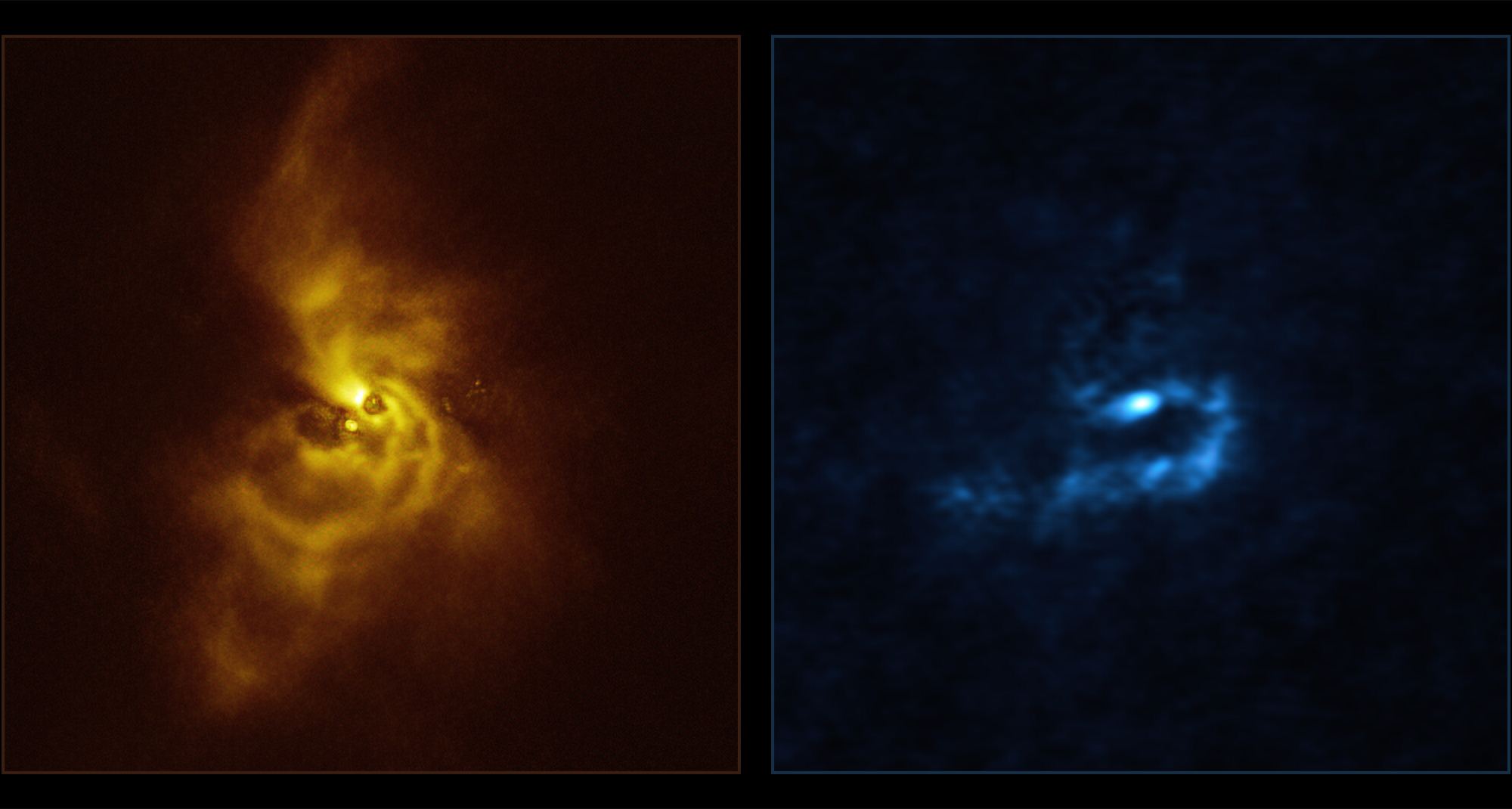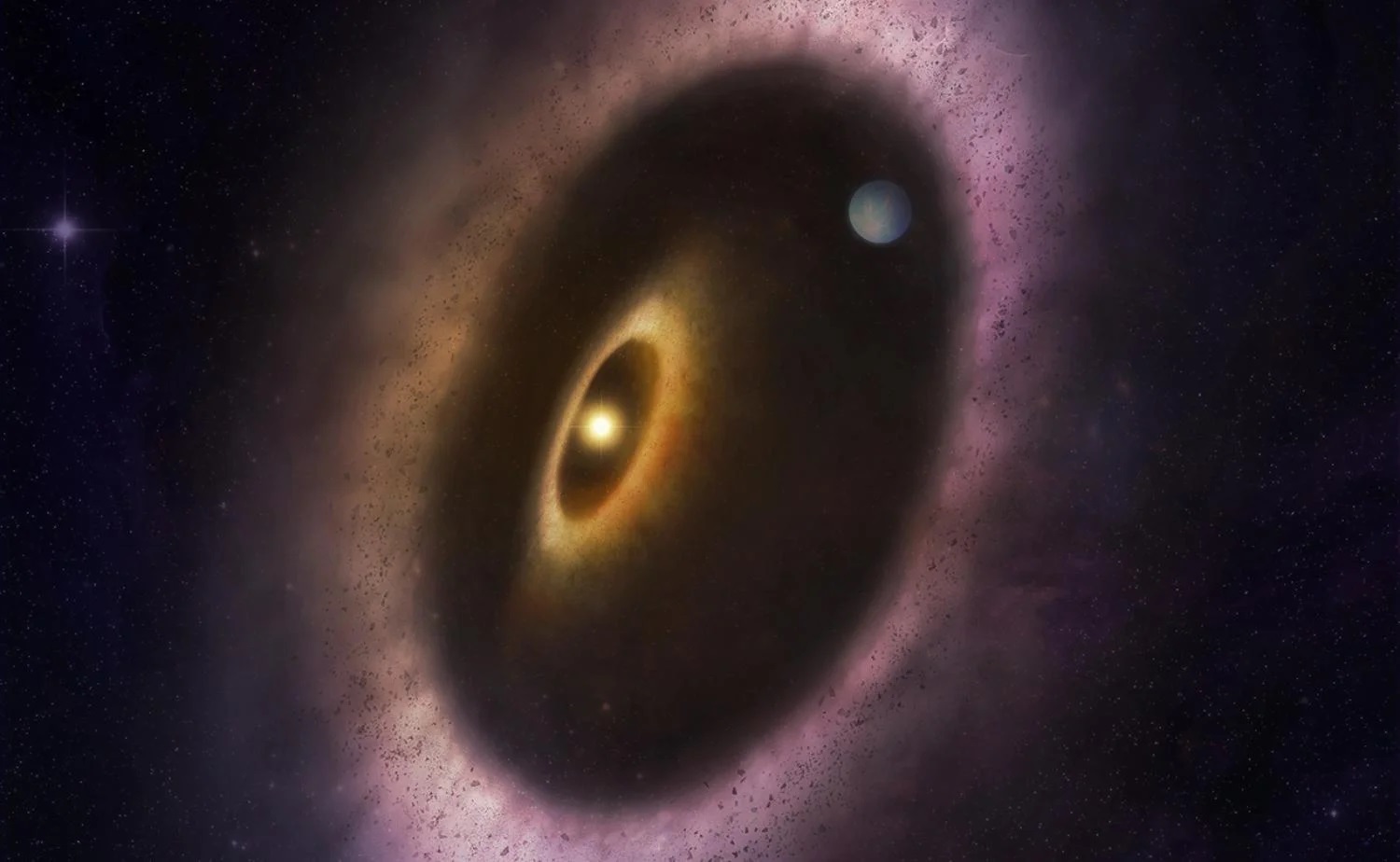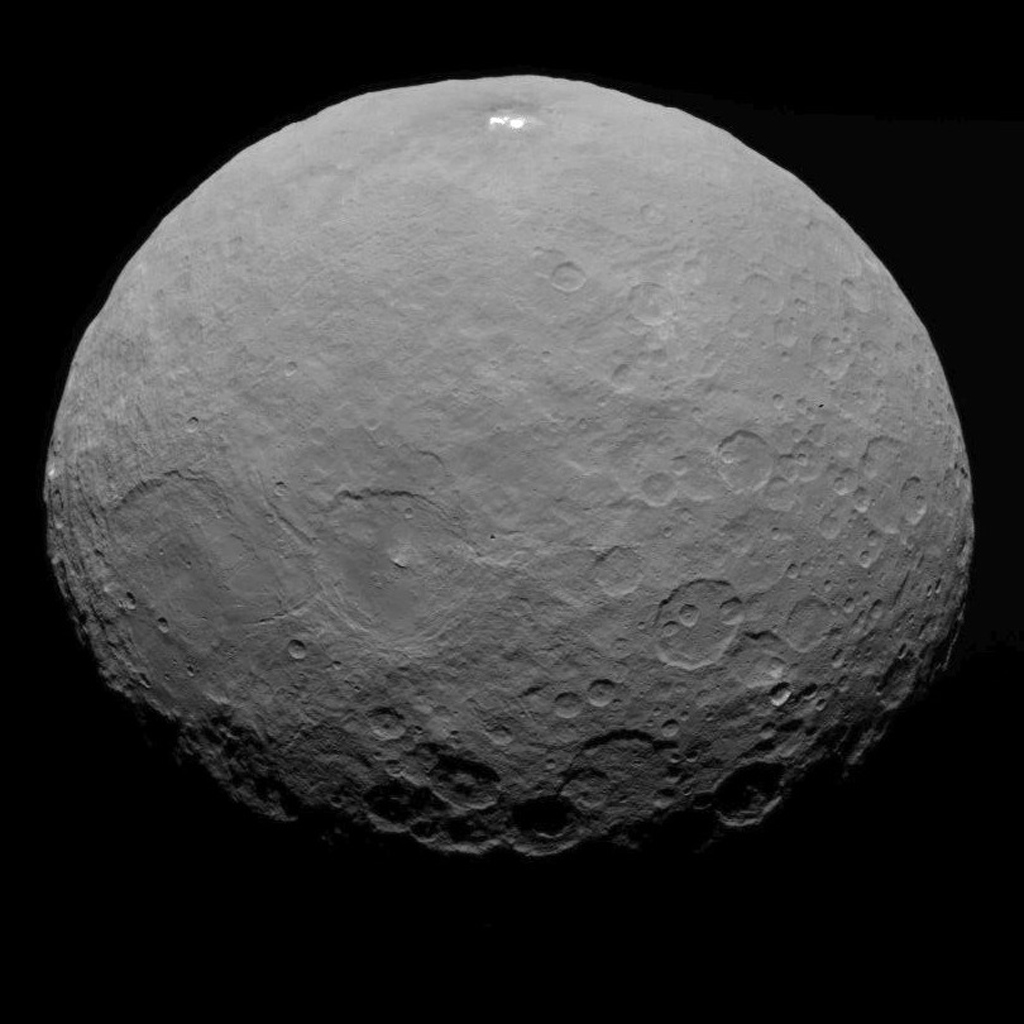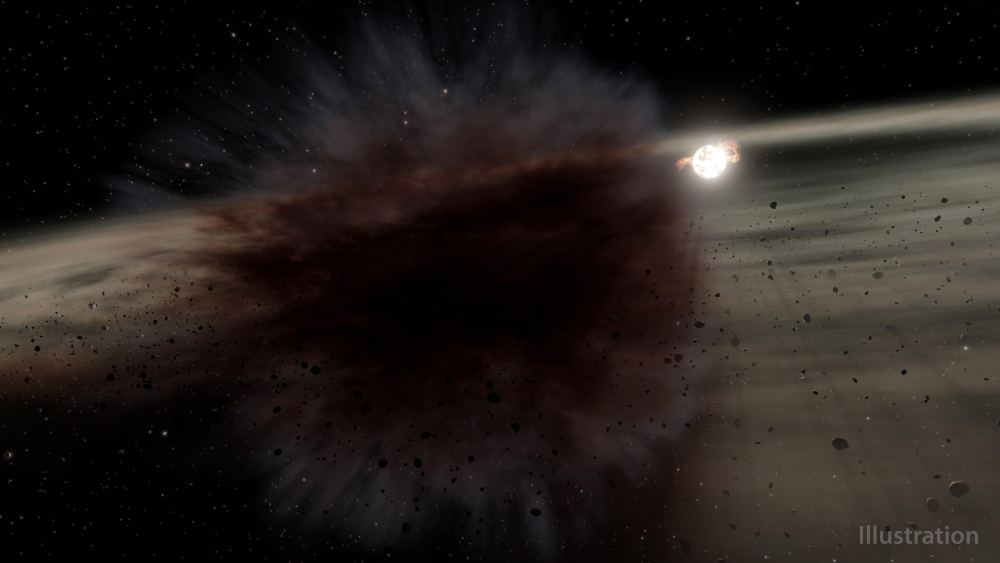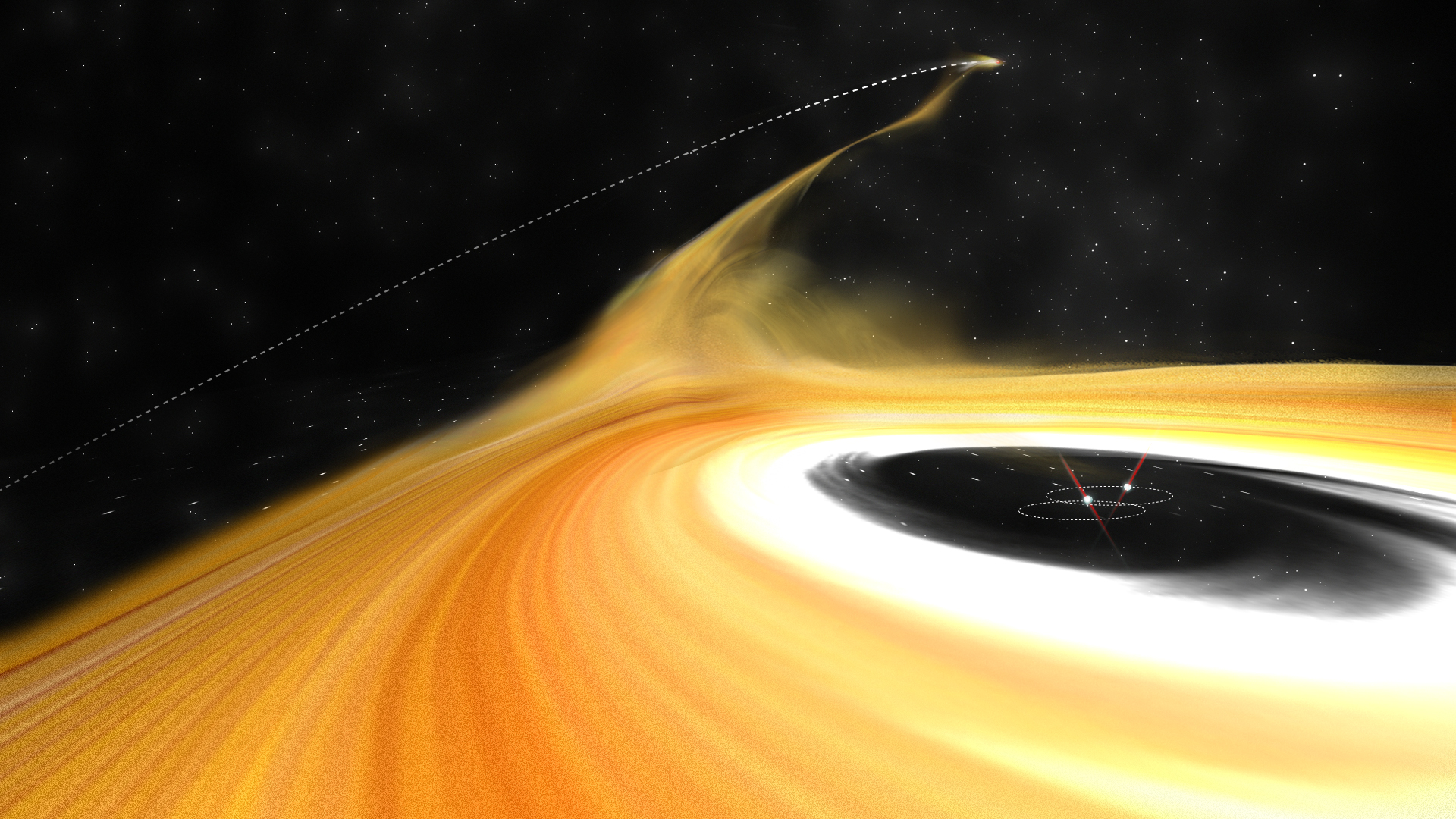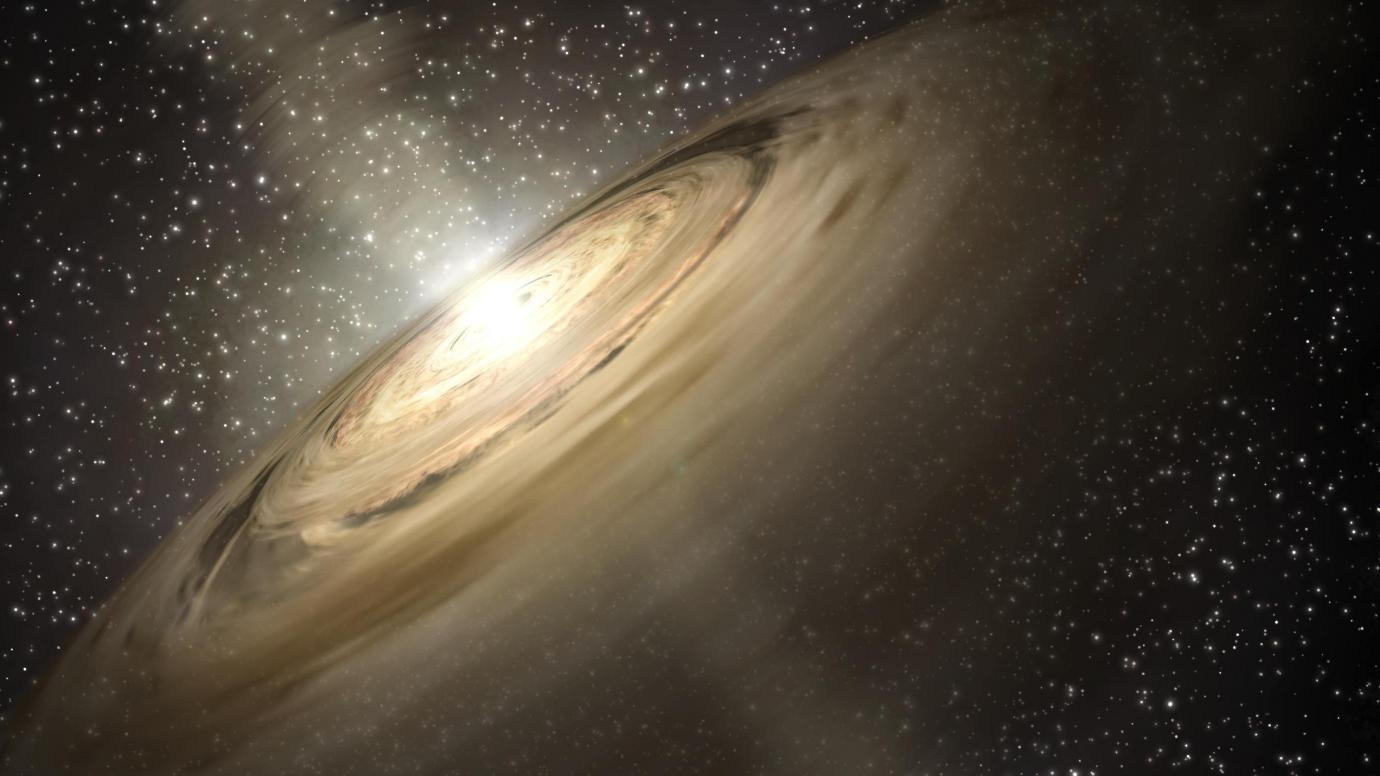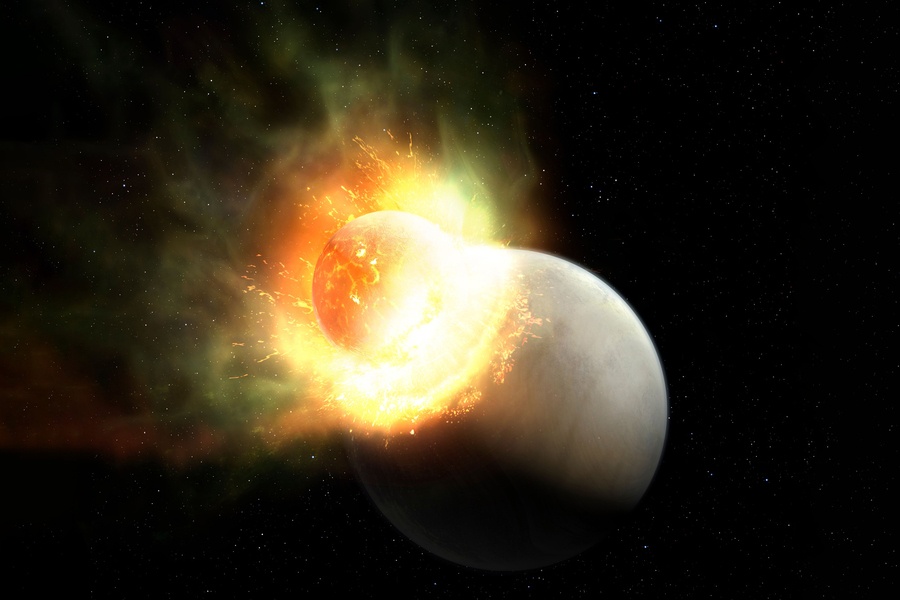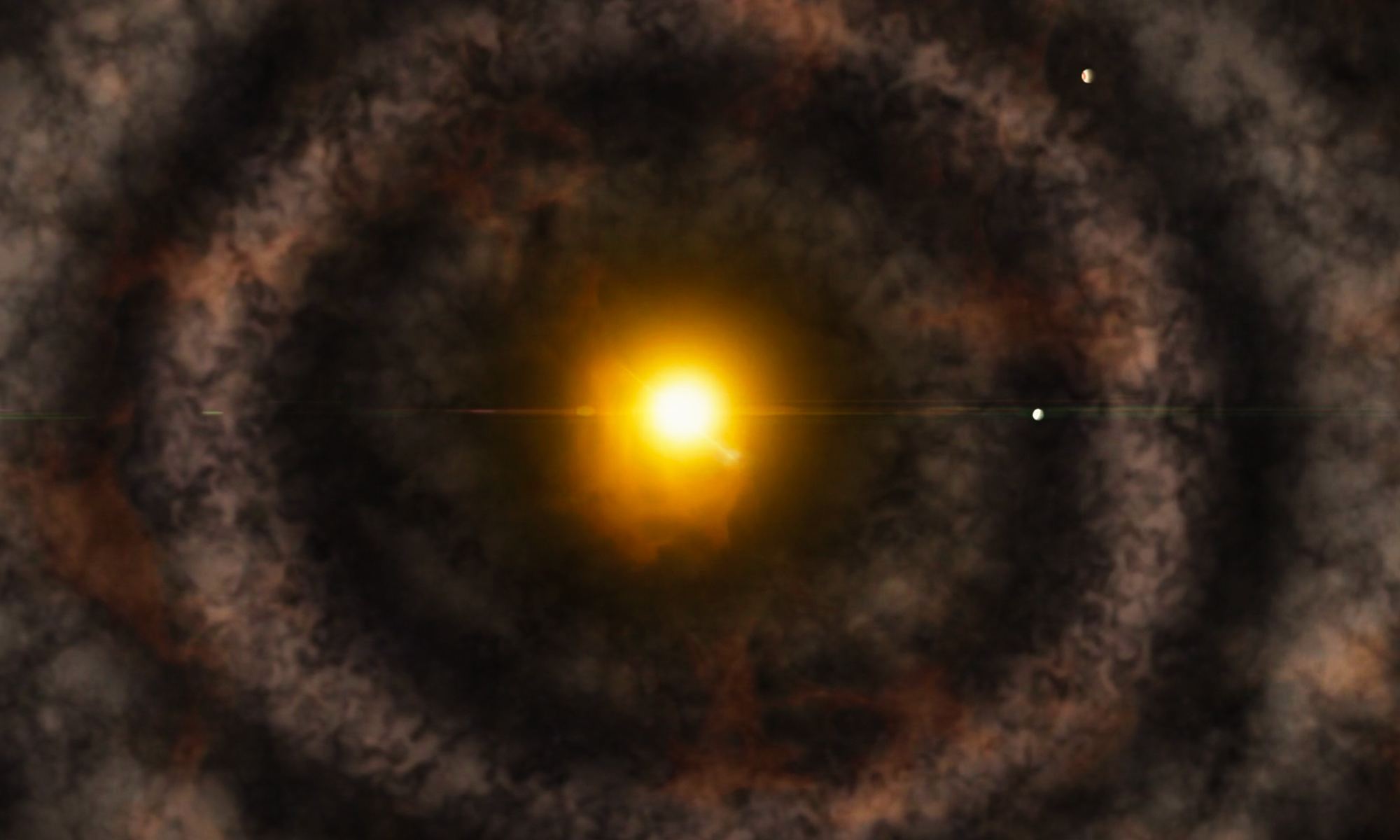From the dust, we rise. Vortices within the disks of young stars bring forth planets that coalesce into worlds. At least that’s our understanding of planetary evolution, and new images from the Atacama Large Millimeter/submillimeter Array (ALMA) and the Very Large Telescope’s Spectro-Polarimetric High-contrast Exoplanet REsearch (SPHERE) further support this.
Continue reading “Clumps Around a Young Star Could Eventually Turn Into Planets Like Jupiter”Clumps Around a Young Star Could Eventually Turn Into Planets Like Jupiter
